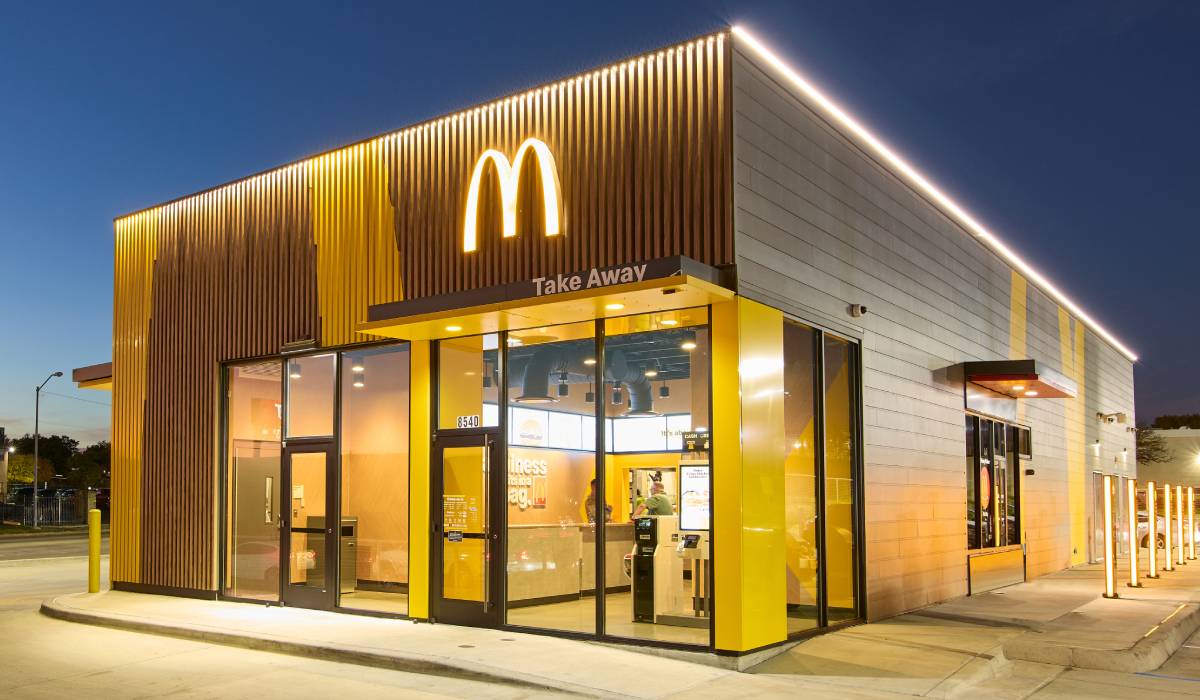Looking at the expansion, renovation, and innovation at Moe’s Southwest Grill over the past year, it’s safe to say that this burrito-based concept is on a mission—a food mission, that is.
“I took the position as a leader of the brand, and I was not going to talk about our steak being grass-fed or our tofu being organic until we could say that 100 percent of the time in 100 percent of our restaurants,” says Paul Damico, who took over as president of Moe’s three years ago.
“I didn’t ever want to be in the defensive position when I talked about the quality of our ingredients that go into our menu items,” he says, “and so it took us the better part of 20 months to work with our suppliers and manufacturers to hit these standards that we have set for each of our core ingredients.”
The results: a newly unleashed “Food Mission” that presents customers with gluten-, hormone-, steroid-, and cage-free ingredients and low-calorie, organic
options. And since the January launch, Moe’s has been trying to get the word out and educate consumers, even children, about the quality of its food.
“At Moe’s, we’ve got a dedicated website for kids,” Damico says. “We’re taking that vehicle and making it fun and hip and cool for the kids to start to understand what grass-fed means, what cage-free means, and how that relates to the food they eat.”
While the “Food Mission” is the pride of the brand, the Southwestern chain has other changes to boast, including a fresh design for its restaurants.
“We wanted to get a focus on speed of service and decreasing a lot of the clutter throughout the restaurant,” Damico says. “We were at a point where we were trying to really upgrade the visual imagery within the restaurant.”
This included polishing up the “Welcome to Moe’s” sign that greets customers when they walk through the door, as well as adding more durable furniture, an updated salsa bar, and a brighter color scheme. The new prototype has helped some franchisees see sales increases of up to 20 percent.
The company has also been busy with robust expansion, opening a restaurant each week and planning to enter three new states—New Hampshire, Minnesota, and Iowa—on its journey westward.
This kind of rapid growth isn’t new to the brand. From 2003 to 2004, the company doubled in size to 100 locations, and doubled again in 2005.
In March, Moe’s began its foray into Turkey, where it now has two stores and plans to develop 40 units over the next five to seven years. Company leaders are also checking out markets in Costa Rica, Qatar, and other countries throughout the Middle East.
“Some of the staple ingredients in all of those countries are rice and beans, and that is the basis for almost every product that we have on our menu,” Damico says. “I think the flavor profile lends itself to all of those regions.”
Damico says the company’s ability to customize ingredients makes it easy to adapt menus in each region. In Turkey, for example, the company doesn’t offer pork; in India, it doesn’t offer beef.
“I think that while international growth will always be second to what we have here in the U.S., you could see us in five or six countries within the next 24 months,” Damico says. “The question is, ‘How fast can we support that international growth?’ not, ‘Is that international growth going to happen?’ ”
All of this expansion bodes well for both potential and existing franchisees. “Right now, we’ve got 50 percent of our growth coming from existing franchisees, which I believe speaks to the health of the brand,” Damico says.
In selecting new franchisees, Moe’s has high standards. Out of the 2,700 applicants last year, the company only granted 70 franchises.
“Experience is primary, and experience in franchising is secondary,” Damico says. “We want people that understand restaurants. We want people that understand that when you’re signing up for a franchise, you’re signing up for a system that has been proven.”
With more than 420 locations, the brand is aiming to reach the 1,000-store mark by 2015.
Until then, the company has plenty of other plans in the works, and many of them involve culinary innovation.
Customers will see more proteins on the menu, including barbacoa, cilantro, and lime-marinated shrimp, and a bigger emphasis on spinach, both in salads and in quesadillas.
The chain will also continue removing sodium from its ingredients. Over the last six months, Moe’s has cut sodium levels in half in its chips, tortillas, marinades, and dressings.
“We haven’t even told the consumer that,” Damico says. “That’s just something we continually work on, and we’re working with different types of sea salt because one thing we don’t want to do is have an unbelievably healthy restaurant where there’s no flavor in the food.”
But Moe’s doesn’t intend to stop at the food.
“I view this company still in its infancy; we’re in year 11,” Damico says. “Based on the level of intensity that I see prospects talking to us about, I think that hitting that 1,000-store mark by 2015 is going to be fairly easy.”









